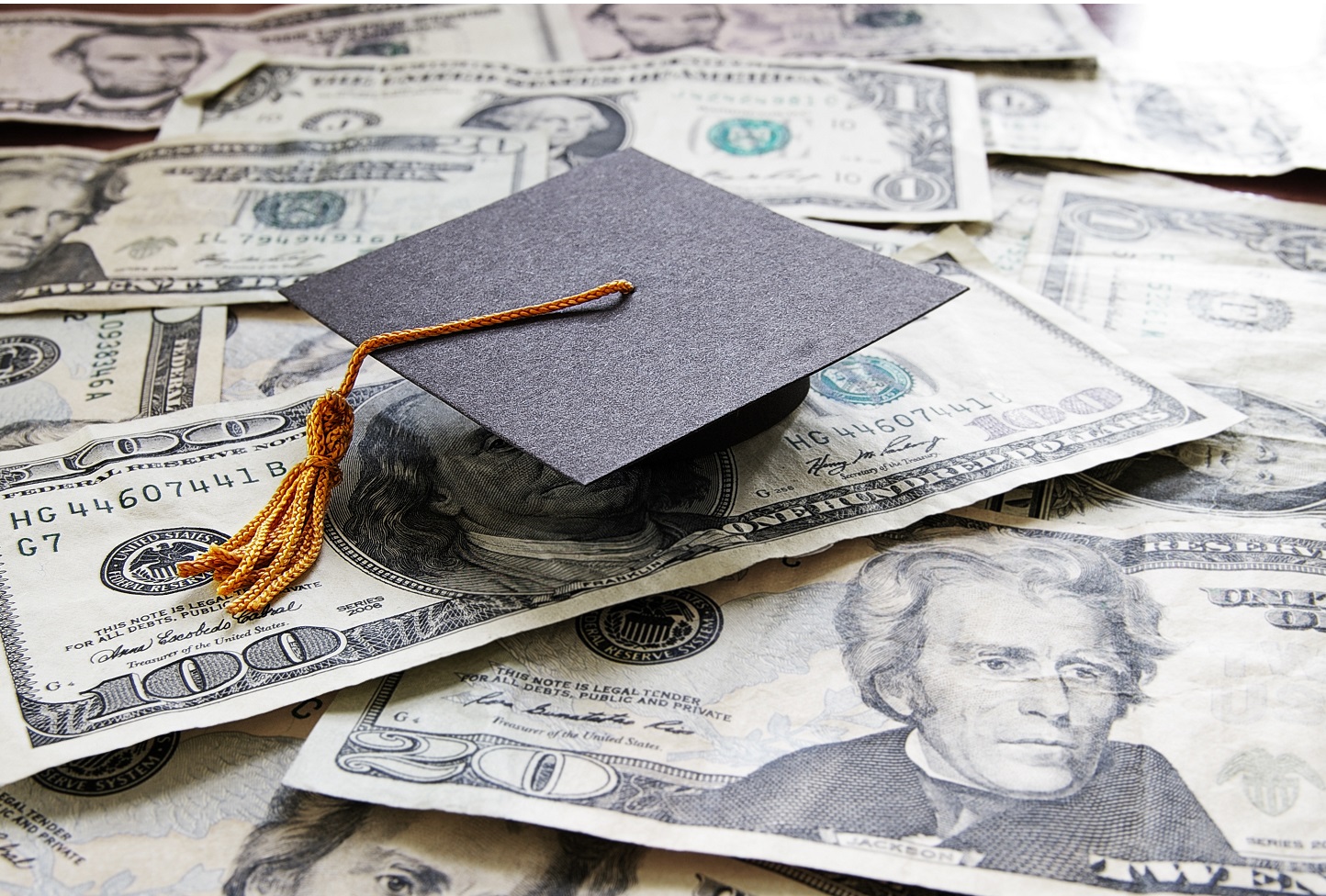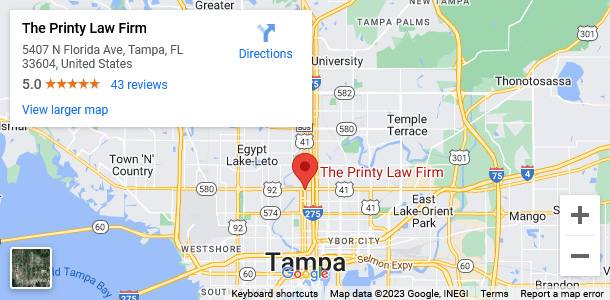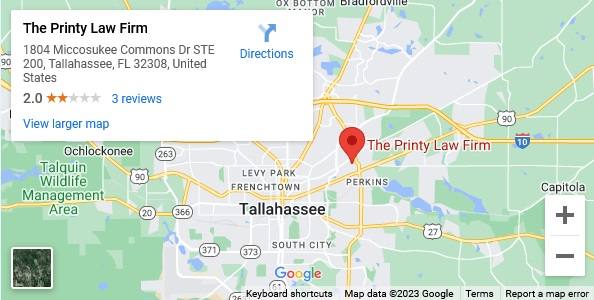On June 30, 2023, the Supreme Court ruled that the Biden administration had overstepped its authority to forgive student loans under the Higher Education Relief Opportunities for Students Act of 2003 (HEROES Act). This defeat is ill-timed as an increasing number of student loan borrowers are victims of harsh economic conditions, unemployment, and ever-rising inflation and interest rates. While it is the common belief that student loans are not dischargeable in bankruptcy, there are notable exceptions that borrowers can seek to obtain relief.
Meeting the Brunner or Totality Test
Under section 523(a)(8) of the Bankruptcy Code, a discharge of student loans is available, but only if the debtor can show an undue hardship. Under the Brunner test, a debtor must show (i) that he or she cannot maintain a minimal standard of living if forced to repay the loans, (ii) that additional circumstances exist indicating that this state of affairs is likely to persist for a significant portion of the repayment period, and (iii) that he or she has made good faith efforts to repay the loans. See Brunner v. New York State Higher Educ. Servs. Corp., 831 F.2d 395 (2d Cir. 1987). As evidenced by the above- mentioned factors, proving undue hardship is a high bar. The bankruptcy court must make an independent determination of undue hardship even if the creditor does not appear to dispute the discharge. United Student Aid Funds, Inc. v. Espinosa, 559 U.S. 260, 278 (2010).
A minority of courts have employed a “totality of circumstances” test (Totality Test) to determine whether repayment of student loan debt would cause an undue hardship. In re Long, 322 F.3d 549, 553 (8th Cir. 2003). Under the Totality Test, a debtor must show (1) her past, present, and reasonably reliable future financial resources; (2) a calculation of the debtor’s and her dependents’ reasonably necessary living expenses; and (3) any other relevant facts and circumstances surrounding each bankruptcy case. Id.
Other Common Ways to Wipe Out Federal Student Loan Debt in Bankruptcy
1) Closed School Discharge
If the borrower attended a college that went out of business, the borrower may have their student loans forgiven. To qualify for a discharge of Federal Family Education Loans (FFEL), or Direct Loans because of a college closure, the school: (i) must have closed while the borrower was enrolled, and the closure must have affected the borrower’s ability to complete the program; or (ii) must have closed within 90 days after the student withdrew from it.
2) False Certification Discharge
There are four categories of false certification through which a borrower may be eligible for a discharge of her FFEL or Direct Loans:
(i) The college certified the borrower’s eligibility even though the borrower reported that she did not have a high school diploma or the equivalent;
(ii) The college certified the borrower’s eligibility based on a high school diploma falsified by the borrower’s high school;
(iii) The college falsely certified a loan in the borrower’s name due to identity theft committed against the borrower;
(iv) An agent of the college signed the borrower’s name on the loan application without the borrower’s express authorization.
3) Unpaid Refund Discharge
If a borrower withdrew from college after receiving FFEL or Direct Loans, the college may be required to return the loan money to the borrower’s loan servicer. If the college did not make a required return of the loan funds after the borrower withdrew, the borrower may be eligible for a discharge of the unreturned portion of their loan.
4) Borrower Defense Loan Discharge
A borrower may have a defense against repayment of their Direct Loans if their college engaged in misconduct related to the making of a federal loan, which caused the borrower harm. If the U.S. Department of Education approves the borrower’s application for borrower defense, any remaining balance on the federal student loans the borrower took out to attend the college may be discharged. The borrower’s applications must be submitted under the penalty of perjury.
Typically, a borrower submits an application when they believe that their college lied to them about something that was a guiding factor in their decision to enroll. For example, some borrowers have qualified for a borrower defense discharge when their college made false or misleading promises guaranteeing that they would get a job after graduation or earn a certain salary with their degree.
5) Death Discharge
If the borrower of a federal student loan dies, the loan may be discharged after proof of death is submitted to the loan servicer. Usually, acceptable documentation includes an original death certificate, or a certified copy of the death certificate.
You can apply for these discharges by submitting a discharge application to your federal student loan servicer. While these discharges seem easy to obtain, not all federal student loans are eligible for discharge and the discharge process can be quite complicated. As such, it may be in a borrower’s best interest to contact an experienced bankruptcy attorney for guidance in these matters.
Filing for bankruptcy largely depends on your individual circumstances. To better navigate bankruptcies involving student loans, contact the Printy Law Firm online or call (813) 434-0649 for a free consultation.





